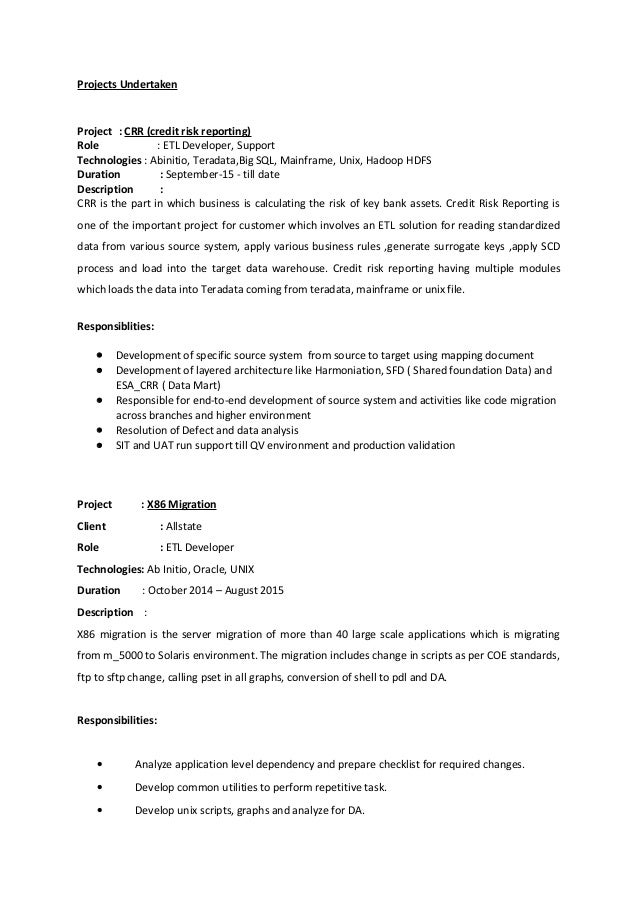Query To Generate Surrogate Key In Teradata
Posted : admin On 12.12.2020Teradata: Surrogate Key Concept
Surrogate Key is a unique, database supplied or generated identifier generally used as the primary key/index of a table.

➠ When to use a surrogate key
- Surrogate key should be used if each row of table cannot be uniquely identified using 1 or more columns.
- Surrogate key can also be used when a unique key is too long and non-numeric.

Query To Generate Surrogate Key In Teradata Word
Mar 19, 2012 The first one generates new hashing keys and the second one generates new surrogate keys by adding the uniqueness value to the hashing keys. The process is also taking in consideration the highest uniqueness value for any existing hashing key to manage key collisions and to assign the uniqueness value correctly. Teradata: Transpose Rows to Column. Software key generator source code. Sometime it is required to transpose rows into columns. This may be required for various business requirement and better analysis. Lets try to achieve this with the help of a table named 'Ledger' which contains company's sales for each quarter and company's sales for each quarter need to converted to columns. Nov 19, 2019 What are Teradata Surrogate Keys and how should they be used? What's the best way to generate them on Teradata? This article will answer all your questions.
➠ Advantages of surrogate key
Teradata Surrogate Key
- Lithium Redirect. Redirecting to Community.
- Mar 19, 2012 The CSUM function will generate the next surrogate key number only if the highest surrogate key already generated is provided as part of the equation. This option can be implemented by developing a surrogate key generation process via a stored procedure together with a surrogate key table containing the natural key plus the surrogate key.
- Generating a sequential Surrogate Key in Teradata. This has to the commonest problem of all in the Data Warehousing World. And people suggest different ways to tackle this based on their comfort level. Here I show an approach to create a sequentially increasing surrogate key without the use of variables or CSUM.
- Each row can be uniquely identified within a table using surrogate key value.
- Surrogate key can be used as primary index for a table to distribute data evenly on all the AMPs.
➠ Disadvantages of surrogate key
- We cannot derive any meaning or relationship between the surrogate key and the rest of the data columns in a row, therefore surrogate keys have no meaning to the users.
- There will be cases when data will be shared among different databases. In this case, same rows(from different database) may have different surrogate key and different rows(from different database) may have same surrogate key.
➠ How to generate surrogate key in Teradata
- By using analytical functions
- By using CSUM analytical function, Syntax/Example 1:Single AMP (usually vproc 0) generally processes all the data when using CSUM(1,1)
- By using SUM analytical function, Syntax/Example 2:
- By using ROW_NUMBER analytical function, Syntax/Example 3:Note: '(SELECT ZEROIFNULL(MAX(emp_no)) FROM employee)' is used in above examples to generate new sequence which must be greater than the current max value present in the table.
- By using CSUM analytical function, Syntax/Example 1:Single AMP (usually vproc 0) generally processes all the data when using CSUM(1,1)
- By using Identity column, check Identity Columns page for more detail on Identity Column(Sequence) in Teradata.
Syntax/Example 4:Note: There will always be gaps in generated number when using identity column because in Teradata it is not one sequence but multiple parallel sequences(one on each AMP).